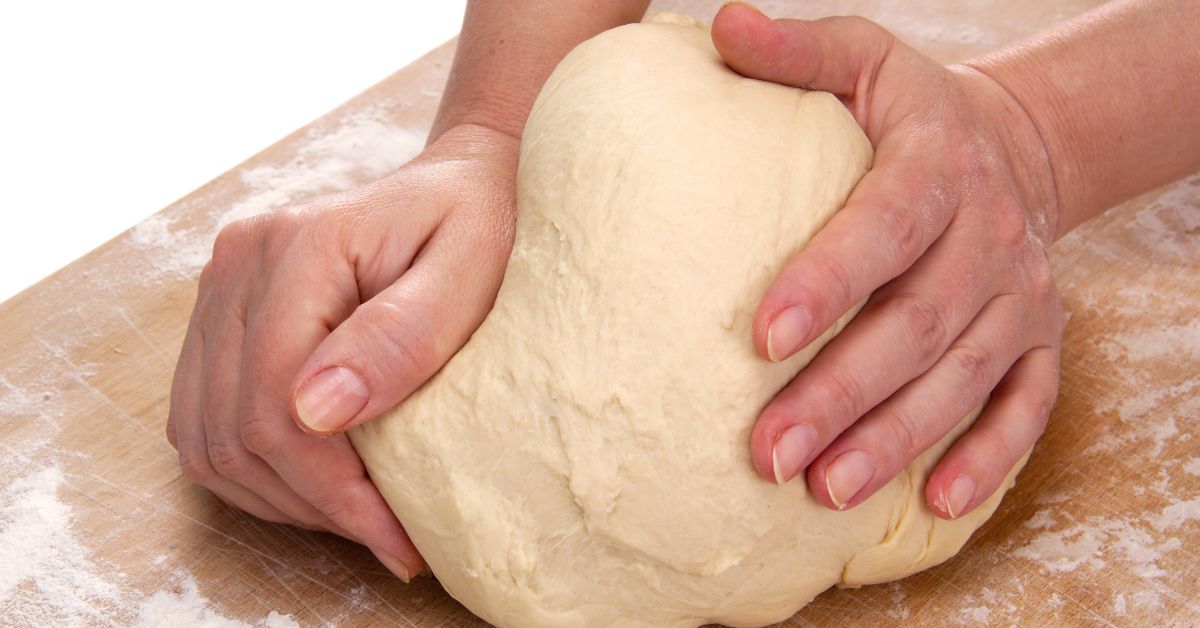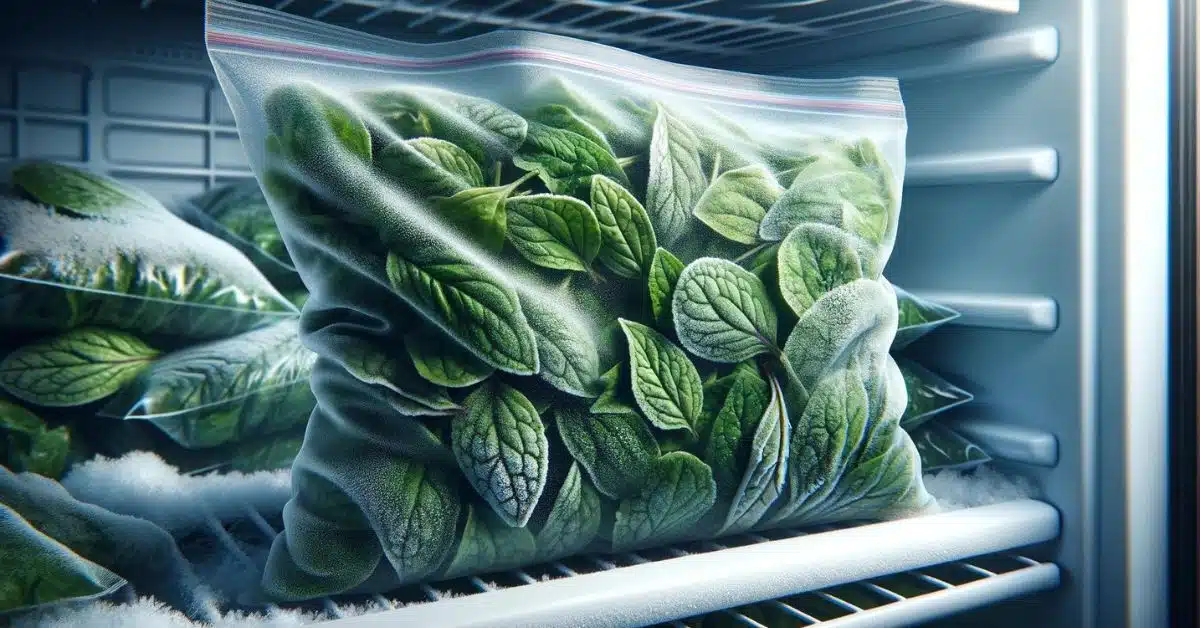Nowadays, as more and more people turn to natural and sustainable ways of eating, herbs and plants that may once have been considered ordinary or even ignored are now coming to the fore as key elements of healthy nutrition and culinary arts. Such plants undoubtedly include sorrel, a modest but at the same time distinctive herb that is gaining more and more recognition thanks to its unique taste and health benefits. Thanks to its ability to add refreshing acidity to foods, sorrel has become an integral part of many traditional and modern recipes around the world. However, how can we preserve these benefits throughout the year, especially during times when sorrel is not seasonally available? The answer is drying.
Drying sorrel is not just a simple act of preservation; it is an art, an ancient practice that allows us to preserve the essence of this herb for the moments when we need to invigorate our dishes with its characteristic taste. This process is not just about removing moisture; it is a way to intensify the taste, aroma and nutritional values of sorrel so that we can draw on its benefits all year round. In the spirit of traditional methods as well as using modern technology, sorrel drying offers a fascinating insight into how we can turn temporary abundance into a permanent supply.
Knowing proper drying and storage techniques is key to maximizing sorrel’s potential. So how to turn fresh leaves into long-lasting souvenirs full of taste and health? How can we ensure that dried sorrel retains its characteristic acidity and at the same time brings the nutritional benefits we expect from it?
Drying sorrel may seem like a simple process, but as we will see, it hides deep scientific and culinary sophistication. From choosing the right leaves, through their preparation, drying itself, to final storage – every step is important and contributes to the overall result.
Selection and preparation of sorrel
Before drying, it is important to choose high-quality sorrel. Choose fresh leaves that are green, without spots or damage. The leaves should be firm and fresh. Before drying, it is important to wash the sorrel thoroughly under running water and remove any damaged or rotten parts. Gently dry the leaves with a paper towel or let them air dry naturally.
Sorrel drying methods
There are several ways you can dry sorrel: by natural air drying, in the oven, or in a food dehydrator. Each of these methods has its own specifics and may be preferred depending on your needs and available resources.
Air drying – Air drying is the easiest and most natural method that does not require electricity. Spread the sorrel leaves on a clean net or cloth in a dry, ventilated place without direct sunlight. Leave them to dry for several days until completely dry. This method requires patience and suitable climatic conditions.
Oven Drying – Oven drying is a faster alternative that allows you to control the drying process. Spread the sorrel leaves on a tray lined with baking paper and place in the oven set to the lowest possible temperature (ideally around 50°C). Leave the oven door slightly ajar to allow moisture to escape. Dry for 1-3 hours or until the leaves are completely dry.
Drying in a food dehydrator – If you have a food dehydrator available, this is an efficient and convenient method of drying sorrel. Spread the sorrel leaves on individual trays and set the dryer to the recommended temperature for drying herbs (usually around 35°C to 45°C). Drying can take several hours depending on the dryer model and the moisture in the sheets. Check the leaves every few hours to make sure they aren’t burning or drying out too much.
Storage of dried sorrel
After successful drying, it is important to properly store dried sorrel in order to retain as much of its flavor and aromatic substances as possible. The dried leaves should be brittle and crush easily to the touch. Make sure they are completely dry; any remaining moisture can cause mold.
- Crushing: You can gently crush the dried sorrel leaves between your fingers or leave them whole. Fine crushing facilitates storage and allows for easier dosing during cooking.
- Storage: For optimal long-term storage, transfer dried sorrel to airtight containers such as glass jars with lids or plastic bags with lids. Airtight packaging helps to preserve the taste and prevent the absorption of moisture and odors from the environment.
- Dark and dry place: Store dried sorrel in a dark and dry place to extend its shelf life and preserve its nutritional value. Direct sunlight can fade the color and weaken the taste.
- Marking: Do not forget to mark the drying date and type of herb on the packaging. This will help you track freshness and ensure you use older stock before new.
Use of dried sorrel
Dried sorrel is excellent in a variety of culinary applications. Its unique sour taste enlivens soups, sauces, marinades and salads. It can also be used to make teas or as part of herbal blends. When using dried sorrel, remember that dried herbs are more concentrated than fresh, so use less.
Drying sorrel is a simple and effective way to preserve its taste and health benefits throughout the year. Whether you choose to air dry, in the oven or in a dryer, it is important to follow the correct procedures and ensure proper storage of the dried product. With a little patience and care, you can have this exceptional herb available whenever you need to enrich your culinary creations. Dried sorrel brings not only taste pleasure, but also a number of health benefits, which makes its drying an experience worth trying.
How to successfully dry sorrel questions and answers
Can I dry sorrel even if I don’t have a food dehydrator or an oven?
Yes, you can dry sorrel without using a dryer or oven. The traditional air drying method is effective, although it may take longer depending on the humidity and temperature in your environment. Spread the leaves on a clean net or cloth in a dry, ventilated place without direct sunlight and leave to dry.
How long does it take to dry sorrel?
Sorrel drying time varies depending on the drying method and the moisture content of the leaves. With air drying, the process can take from a few days to a week. When using an oven or dryer, it can be from 1 to 3 hours. It is important to regularly check the condition of the leaves so that they do not burn or become excessively dry.
How do I know the sorrel is completely dried?
Dried sorrel should be brittle and break easily. If the leaves still contain moisture, they may feel springy or rubbery to the touch. Make sure the leaves are completely dry before storing them to prevent mold.
How should I store dried sorrel?
Dried sorrel should be stored in sealed containers such as glass jars with lids or airtight plastic bags. Store in a dark, cool and dry place. Proper storage helps preserve taste, color and aromatic substances.
Is dried sorrel as healthy as fresh?
Drying results in some loss of some nutritional values, but dried sorrel still contains many beneficial substances such as vitamins, minerals and antioxidants. In addition, dried sorrel can be consumed all year round and added to various dishes to enrich the taste and increase the nutritional value.
Can I also dry sorrel root?
Yes, sorrel root can also be dried and used, although it is less common than drying the leaves. The root must be thoroughly cleaned and cut into smaller pieces before drying. The drying process may be longer due to the greater density of the material.
Can dried sorrel lose its acidity?
Dried sorrel retains its characteristic acidity, but the intensity may be slightly reduced compared to fresh sorrel.



